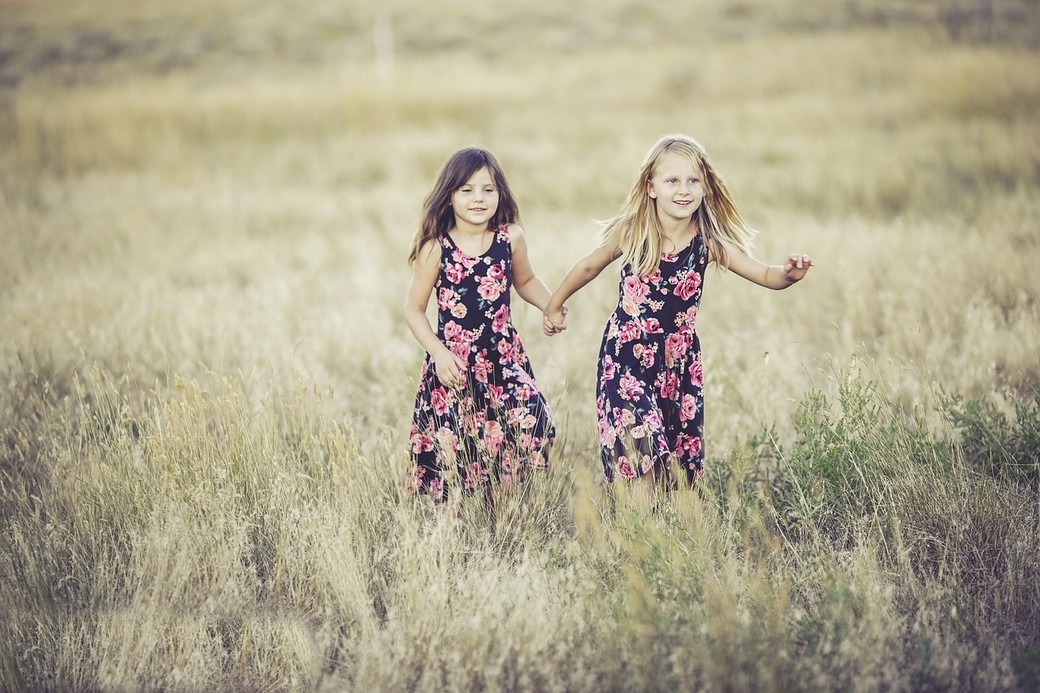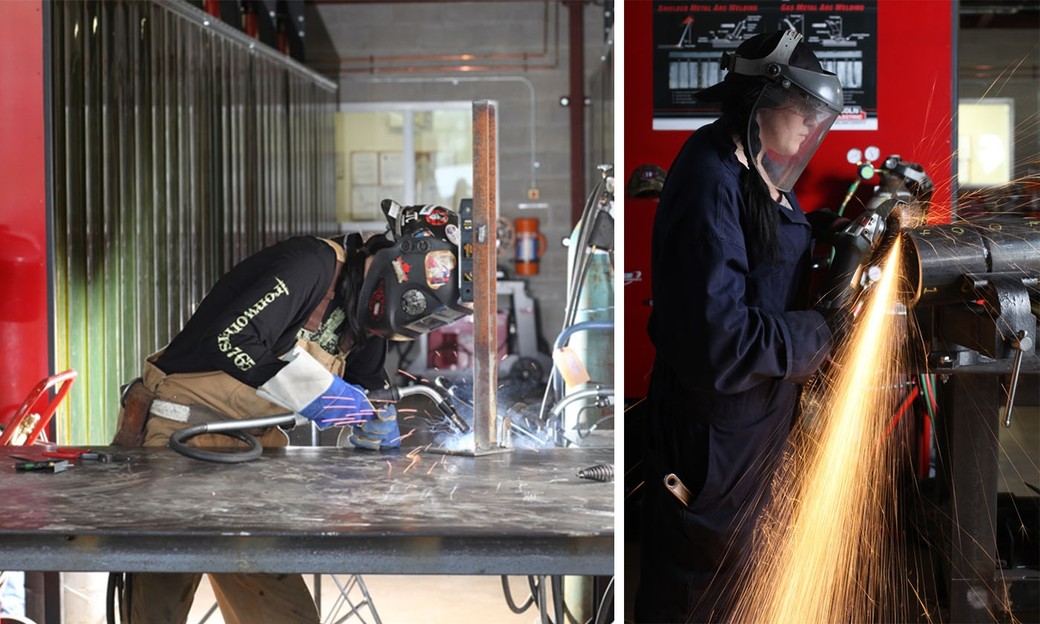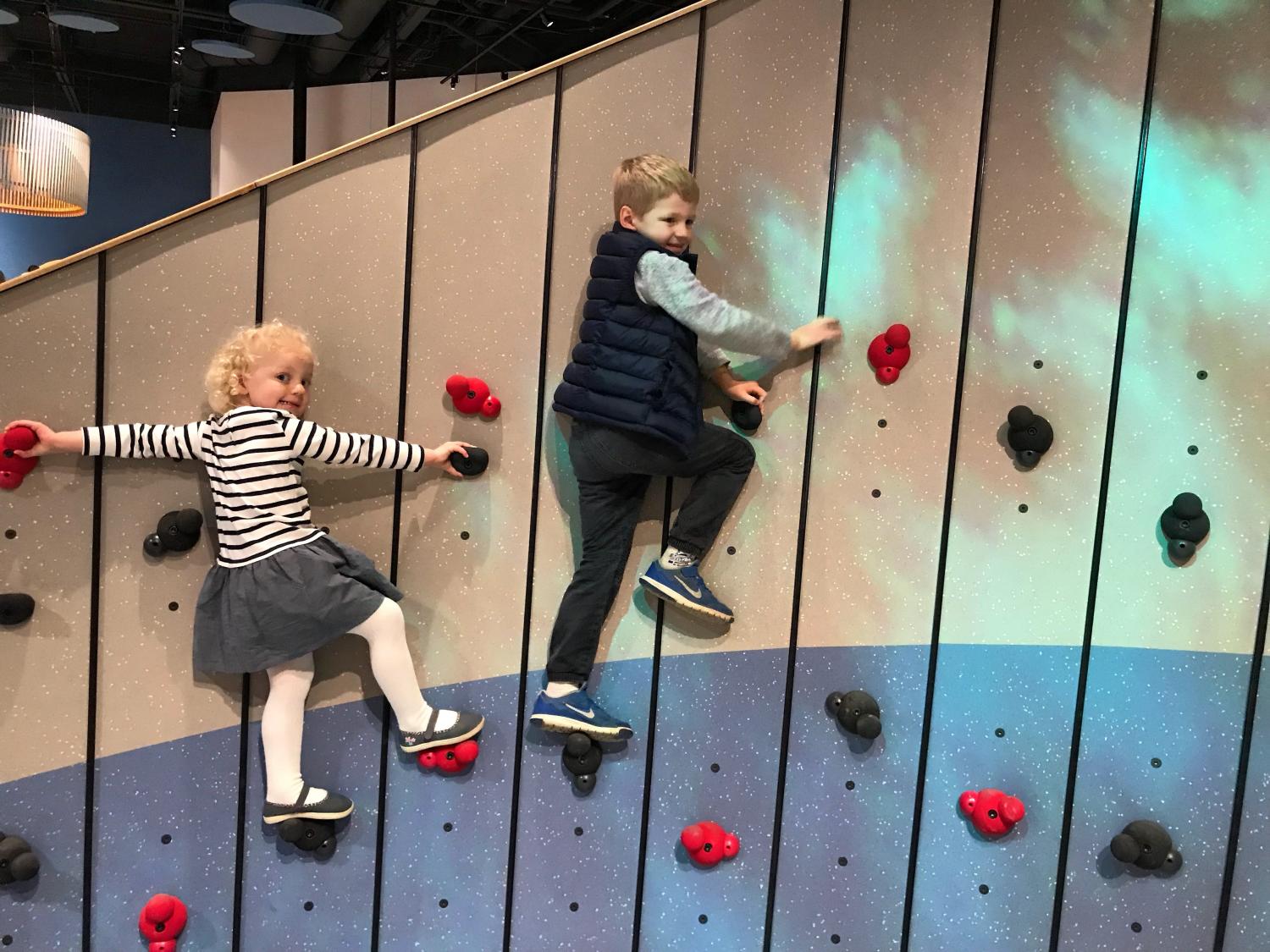
What Real Inclusion Looks Like
How community building to include kids of all abilities is important for everyone.
Getting to be a valued member of their community should be the norm for all kids – but for kids with autism, it is too frequently not the case.
Media stories are full of parental struggles to get their kids with autism included in the larger community. Stories of exclusion from the public school system, from restaurants, from stores and airplanes are commonplace. The ‘no one came to my kid’s birthday party’ has become somewhat of a genre in autism circles. And, if you know any autism parents, you’ll know the exclusion of autistic kids from extracurricular activities or field trips is a regular occurrence.
In other words, kids with autism are too often systematically excluded from their communities. But this has costs – for everyone.
Here’s what real inclusion looks like.
Over the years, we’ve had many calls from our son’s school – addressing his particular anxieties, his learning challenges and his inability to sit still and focus for long periods of time. Our son, Casey, has autism, a neuro-developmental disorder that is often characterized by rigid and repetitive behaviours, difficulty with social communication and uneven intellectual development, among many other challenges. Regular participation in an integrated public school has not always been easy for him.
So getting a call from Casey’s school was not an unusual event. But this day was a good day.
The teacher told me that Casey went to his weekly choir practice, but the choir master was running late that day. Normally, choir starts with a warm up. The choir master sings a line and the kids sing the line back in a call and exchange format.
The choir master finally arrived but she was still trying to get organized and the kids were getting restless. Unprompted, Casey stood up and sang the first line of the warm up – the choir master’s usual line: ‘Stand up’ – he sang quietly.
All the kids settled, and then stood, and sang in response, ‘Stand up.’ Then Casey sang the next line, ‘Feet apart.’ And the kids responded, singing, ‘Feet apart.’
Casey led the choir through their entire warm up as if it was the most ordinary moment. The choir master stood back, amazed, and watched the little magic happen. It was a moment of community, and Casey was an integral part of it – heck, he was the ringleader.
Evidence now shows that meaningful ‘peer interactions’ with typically developing kids offers those with autism significant social and intellectual benefits – while at the same time benefitting those who interact with them as well.
A meta-analysis of ‘peer mediated interventions’ examined 45 distinct studies conducted over several years and concluded that teaching typically developing kids to both mentor and befriend those with autism was “highly effective” at promoting lasting positive social interactions. This was true across genders, age groups, settings and kinds of activities targeted. Interestingly, it was found to be most effective in ‘natural’ play settings versus clinical settings.
Related: Three Things Everyone Should Know about Autism in Canada.
The studies ranged widely from establishing a ‘buddy system’ – pairing a neurotypical child with an autistic child (peer networking) – to peer mentoring (children teaching children) and group play, where all the children in the group work toward a common goal. As the researchers noted, the results weren’t just temporary but had potential long-lasting effects and helped seed the ground for improved language skills, adaptation to other integrated settings and more positive and long-lasting relationships with peers.
So the kids with autism benefit tremendously when their community includes and engages them meaningfully in natural play and learning. But what about the typical peers?
Turns out, they like and learn from it too. In a study that engaged typical peers in the social learning of kids with autism, the children were surveyed afterward. Eighty-three per cent of the typical peers said they “enjoyed it very much” while 17 per cent said they “enjoyed it.” Teachers also reported the benefit of students helping each other, valued the promotion of tolerance and understanding, and felt it could reduce bullying.
Teaching all kids how to interact meaningful with each other is real community building in other words, and has benefits for all.
We’ve been fortunate that Casey has been part of an integrated public school that knows and practices community building daily. It’s not just part of their pedagogy, but part of their value system as educators. Casey’s taking control of the choir that day wasn’t just a demonstration of his leadership abilities – a pleasant surprise to all of us – but was a demonstration that he knows he belongs, and the kids do too.
 Kathleen O’Grady is a Research Associate at the Simone de Beauvoir Institute, Concordia University, Montreal, and the mother of two sons, one with autism.
Kathleen O’Grady is a Research Associate at the Simone de Beauvoir Institute, Concordia University, Montreal, and the mother of two sons, one with autism.









